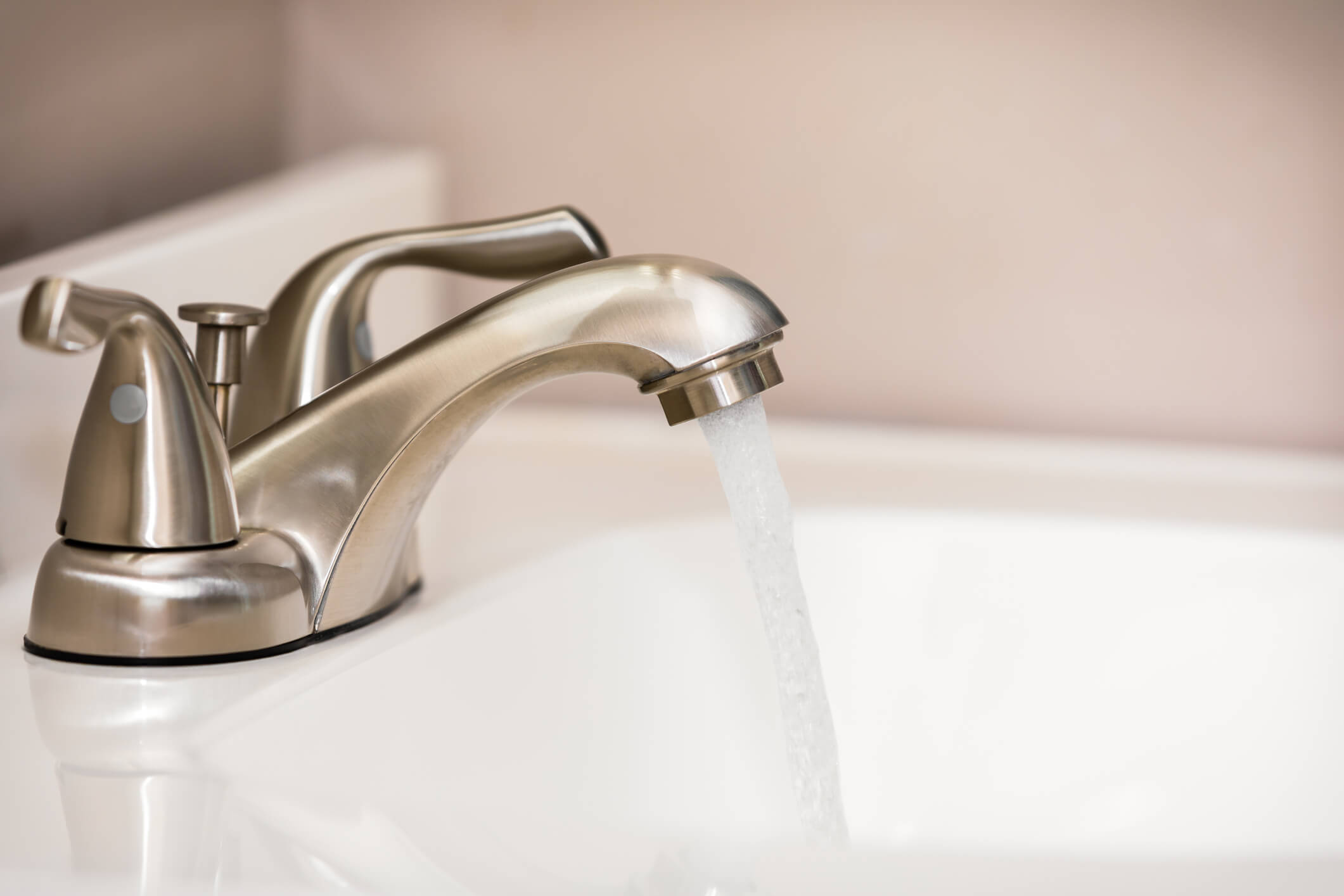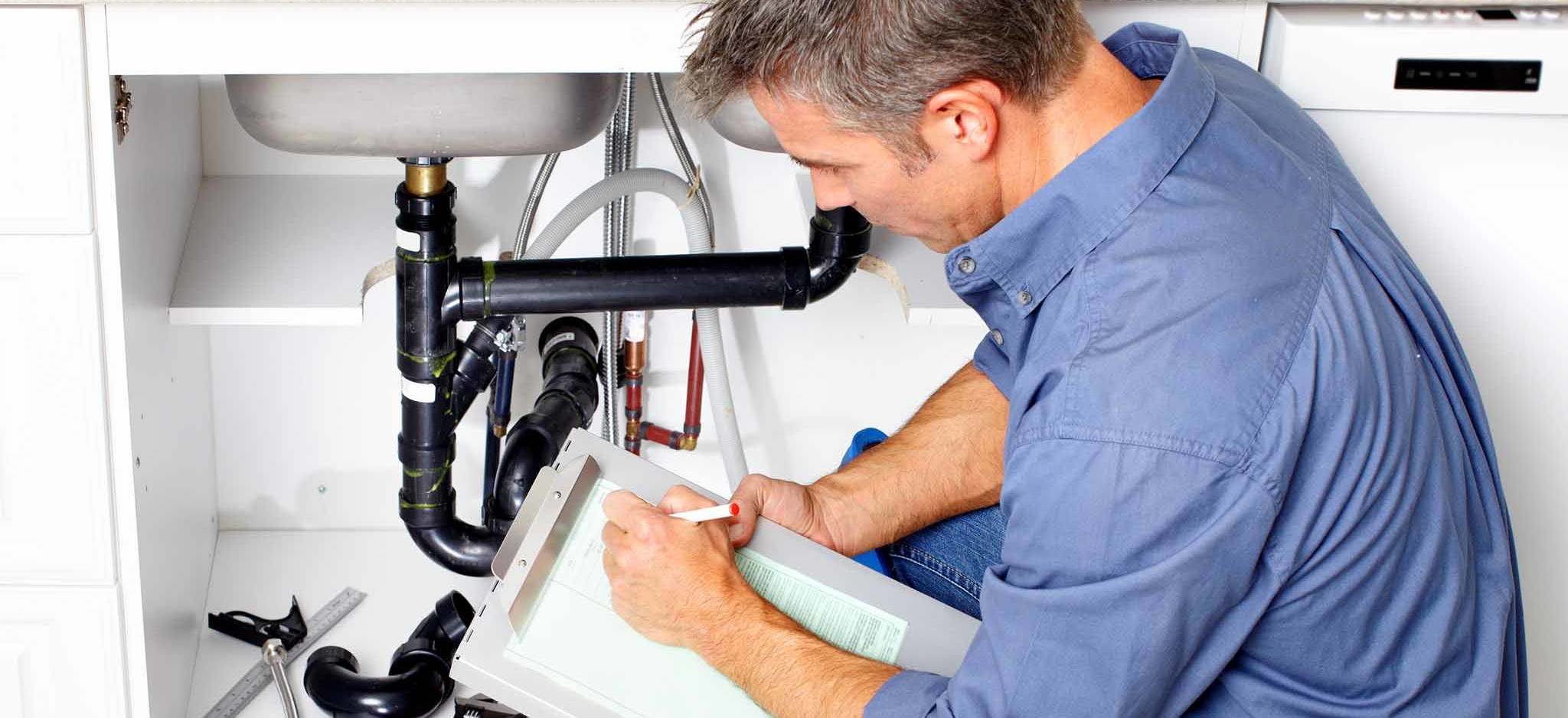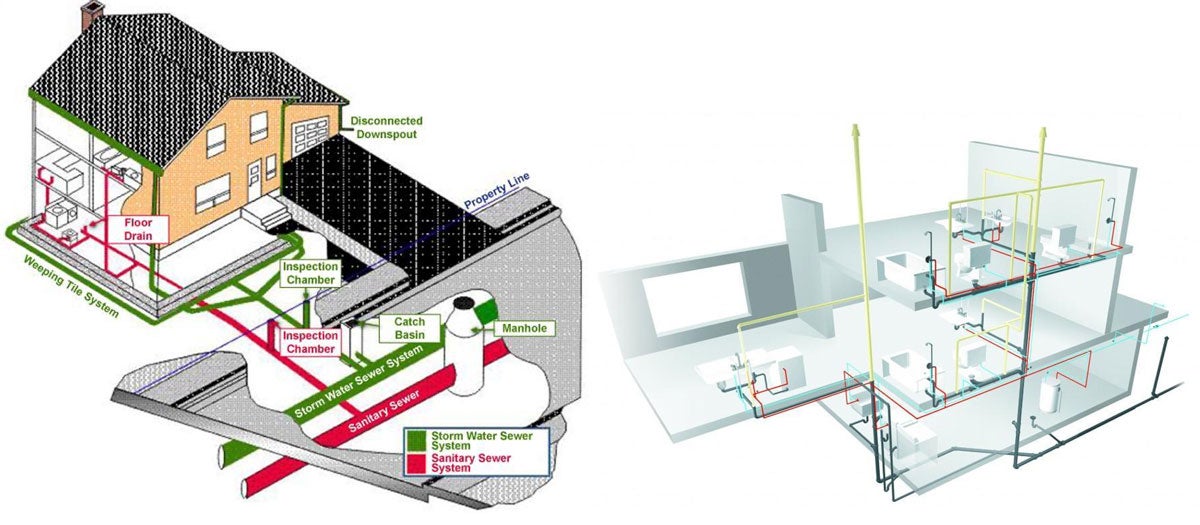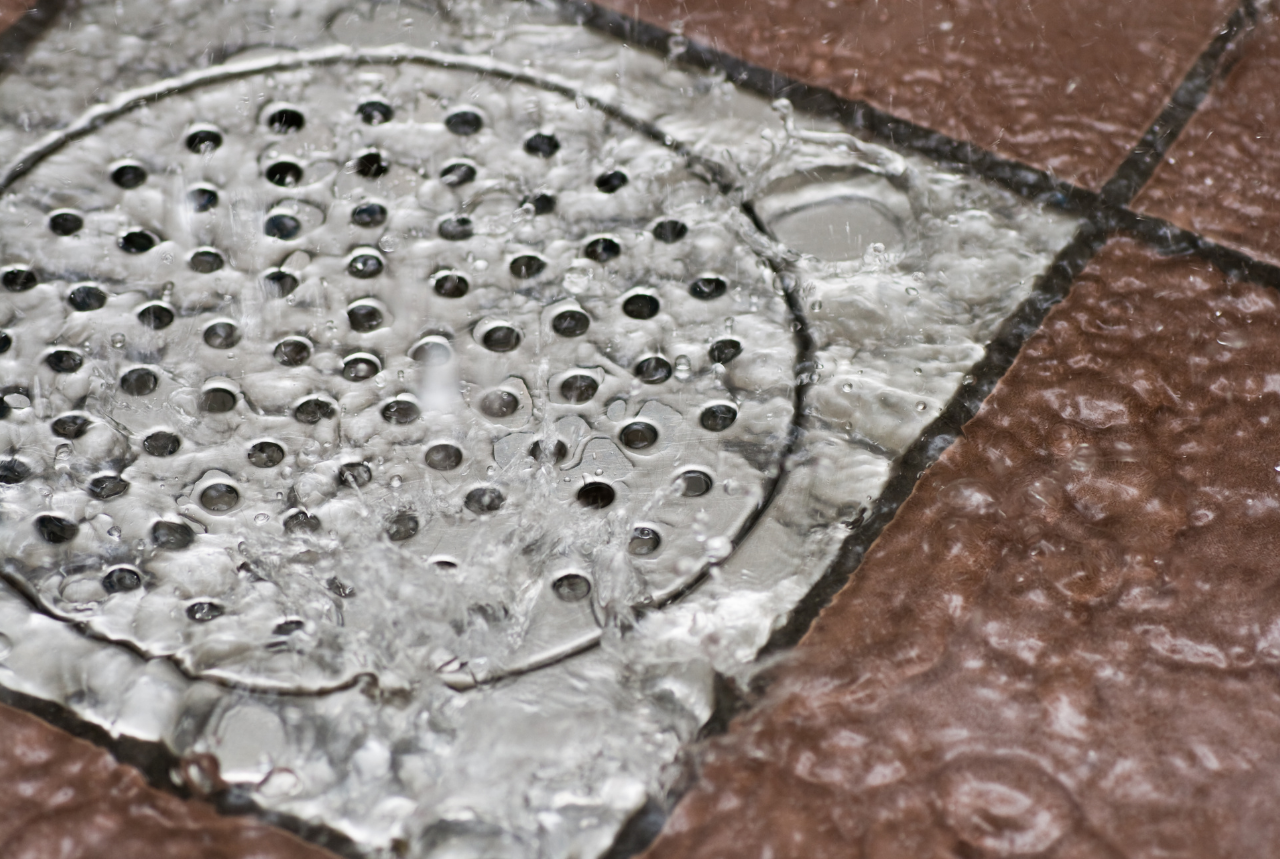Why Your Water Pressure is Low and How to Fix It
Did you know? Turning on a faucet or shower only to be met with a weak, dribbling stream is frustrating. Washing dishes, rinsing soap, or taking a quick shower shouldn't take forever. The good news? Low water pressure almost always has a clear cause, and many issues are easy to fix.
Here's a breakdown of common causes and how to resolve them.
Common Causes of Low Water Pressure
Debris and Mineral Buildup
Over time, pipes and fixtures can accumulate dirt, rust, and mineral deposits, restricting water flow.
Leaks in Pipes or Fixtures
Even small leaks can reduce water pressure throughout your home.
Faulty or Partially Closed Valves
Main shut-off valves or plumbing system valves that aren't fully open can limit water flow.
Narrowed or Corroded Pipes
Older pipes, especially galvanized steel, can corrode, restricting water movement.
Clogged Faucet Aerators
Aerators catch debris and minerals, which can reduce pressure if not cleaned regularly.
Peak Water Use Times
High demand in your neighborhood can temporarily lower water pressure.
Problems with Local Water Supply
Sometimes the issue is with the municipal supply, not your home plumbing.
How to Diagnose Low Water Pressure
Diagnostic Steps
Check All Valves
Make sure both individual plumbing valves and the main shut-off valve near the water meter are fully open.
Measure Pressure
Use a water pressure gauge to check. Normal home water pressure is 40–80 PSI.
Inspect Faucets
Remove and clean aerators to ensure they aren't clogged.
Look for Leaks
Check around pipes and fixtures. For hidden leaks, shut off all taps for two hours, then check the water meter. Any change could indicate a leak.
Check Pressure Regulator
Malfunctioning pressure regulators can cause high or low pressure.
Call the Water Company
Verify whether there are issues in your local water supply.
Inspect Pipes
If the above steps don't solve the issue, professional plumbers can check for corrosion, mineral buildup, or hidden leaks.
How to Fix Low Water Pressure
Solution Methods
Open All Valves
Ensure every plumbing valve in your home is fully open. Often, this simple step restores proper pressure.
Clean or Replace Aerators
Remove mineral deposits and debris from faucet aerators. If cleaning doesn't help, replacing them or the faucet may be necessary.
Clear Pipe Clogs
Professional plumbers can flush pipes to remove mineral deposits and debris that restrict water flow.
Replace Corroded Pipes
Galvanized steel, brass, and copper pipes can corrode over time. Plumbers can either clean or replace pipes depending on their condition.
Seal Leaks
Even minor leaks can impact water pressure. Video inspection can help locate hidden leaks for repair or pipe replacement.
Replace Pressure Regulator
Pressure regulators control your water flow. Malfunctioning regulators can lead to high or low water pressure and should be serviced by professionals.
When to Call a Plumber
📞 Professional Help Needed
Call a professional if:
- You cannot identify the cause of low water pressure.
- Significant leaks or pipe damage are present.
- You need a pressure regulator replaced.
- Pipes require professional cleaning or replacement.
Low water pressure can have multiple causes, and diagnosing the exact reason often requires a professional eye. A licensed plumber ensures your system is safe, efficient, and running at the proper pressure.
Decided that we're the right fit for you?
Call us at 844 PLUMB-ALL


